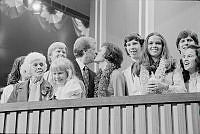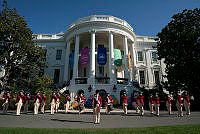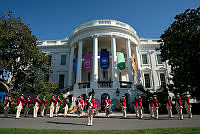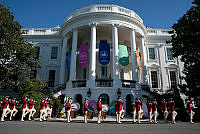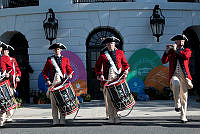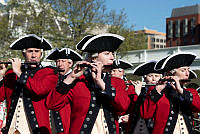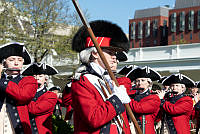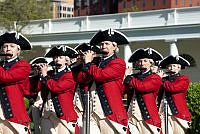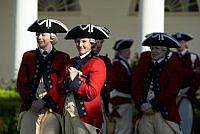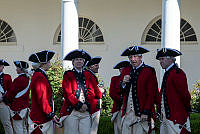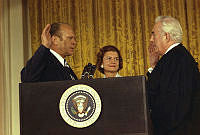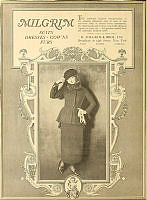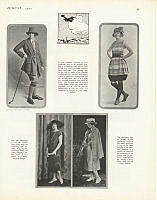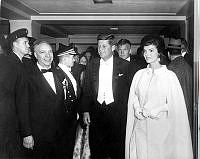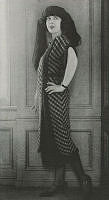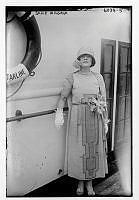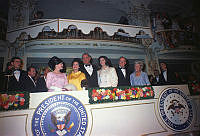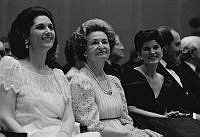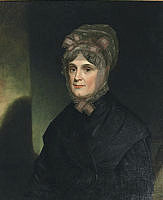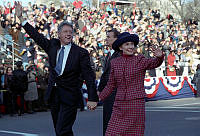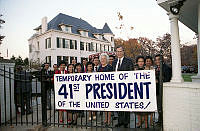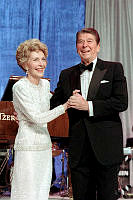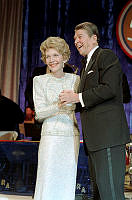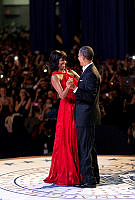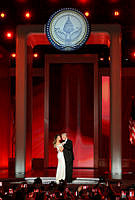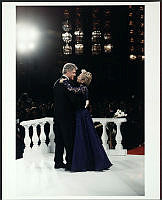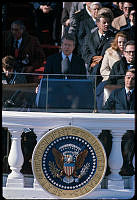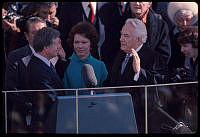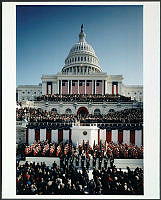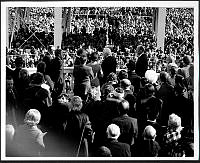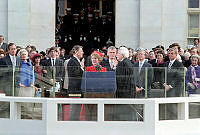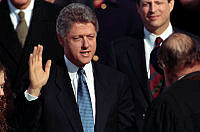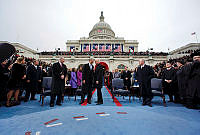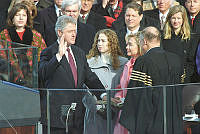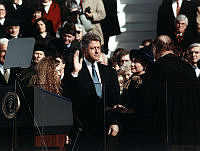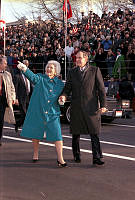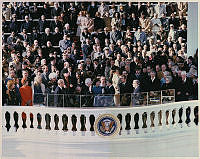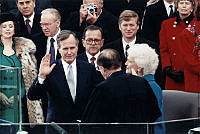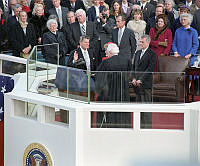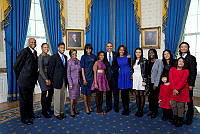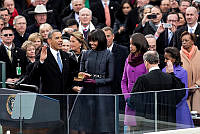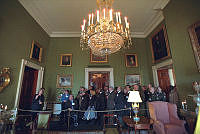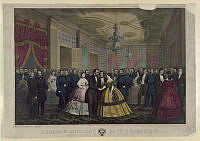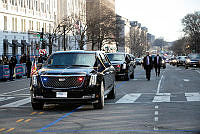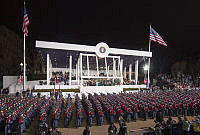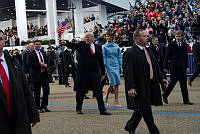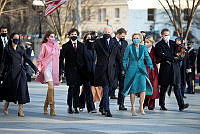Presidential Inaugurations: Traditions & Transitions
Copyright © White House Historical Association. All rights reserved under international copyright conventions. No part of this article may be reproduced or utilized in any form or by any means, electronic or mechanical, including photocopying, recording, or by any information storage and retrieval system, without permission in writing from the publisher. Requests for reprint permissions should be addressed to books@whha.org
The peaceful transfer of presidential power from one administration to the next is a hallmark of American democracy. This transition, both peaceful and symbolic of continuity and change, continues to amaze the world and represents the best of American democracy. The activities that surround a presidential transition are remarkable. The new president has just two months to plan a new administration and on Inaugural Day begin to move the first family into the White House. After being sworn in as president and saying goodbye and thank you to inauguration ceremony officials, the president can breathe a sigh of relief and enjoy the happy occasion with family and friends. Then the pressures of a new job and settling into a new home and office environment will begin. It is an exciting and challenging period for all concerned.

Inauguration day is also moving day. In view of the frantic nature of many election campaigns, it is amazing that there has never been an interruption in the lawful exchange of residents at 1600 Pennsylvania Avenue. The Clintons moving van arrives at the White House from Little Rock, January 20, 1993.

The permanent White House staff serves the president and first family. On inauguration day White House workers say goodbye to the outgoing family a few hours before welcoming the new residents. On their final day in the White House, January 20, 1961, President and Mrs. Eisenhower exchange farewells with members of the staff.

To help ease the transition of moving into the White House, the incumbent First Lady traditionally invites the spouse of the president-elect to tour the president's private quarters. In preparation for the Nixon family's move into the White House, Lady Bird Johnson reviews floor plans with the incoming First Lady Pat Nixon and Chief Usher J.B. West in the West Sitting Hall, in November 1968.

Mrs. Laura Bush and Mrs. Michelle Obama sit in the private residence of the White House on Monday, November 10, 2008, after the President-elect and Mrs. Obama arrived for a visit.


